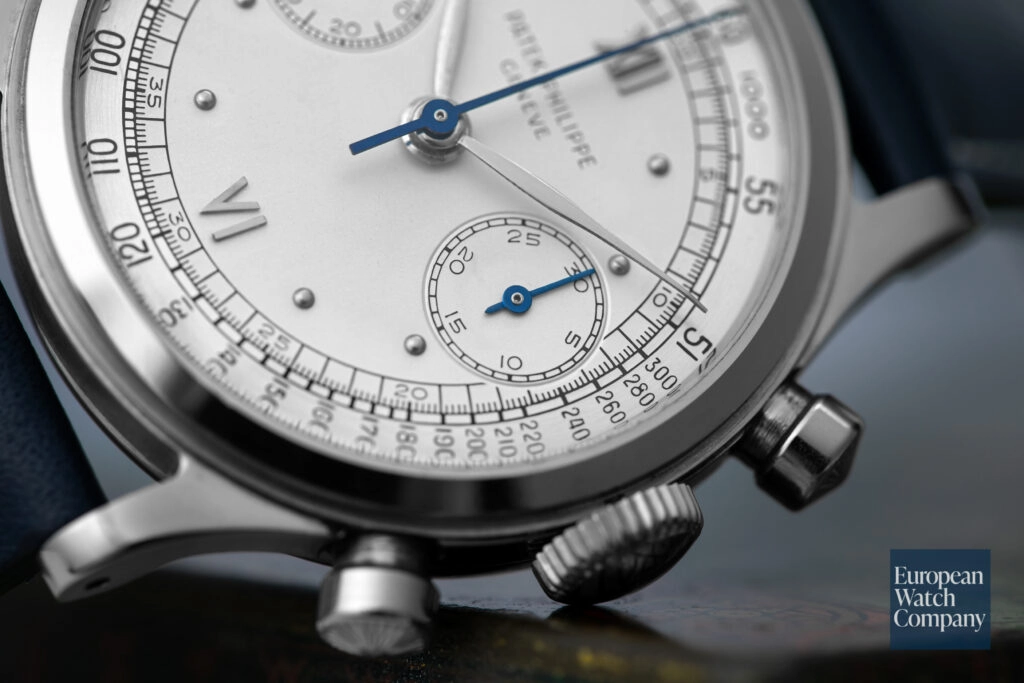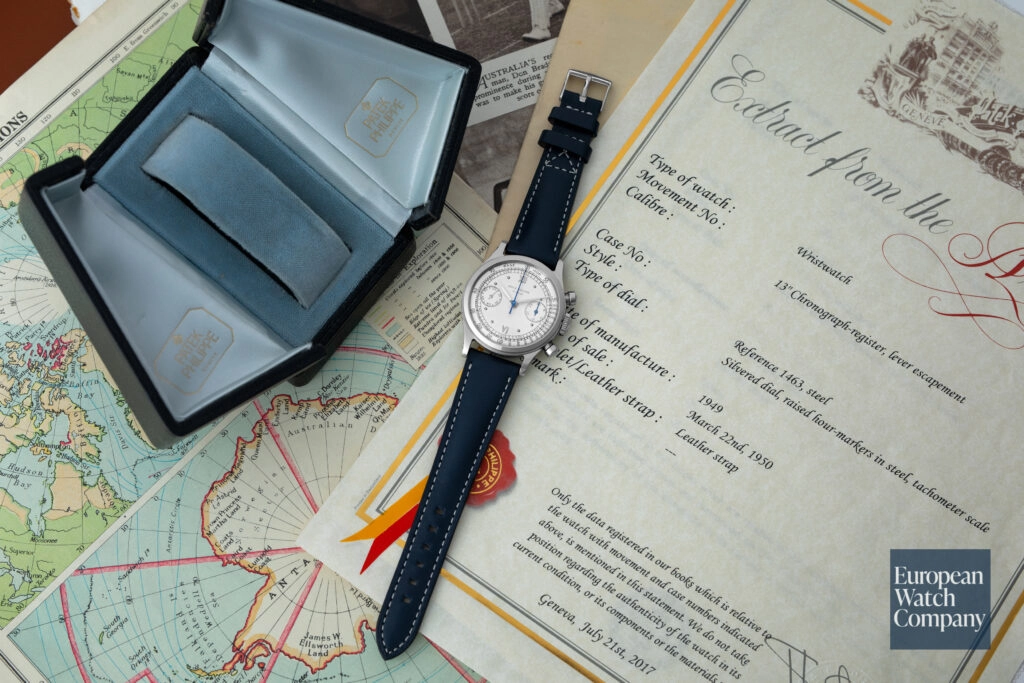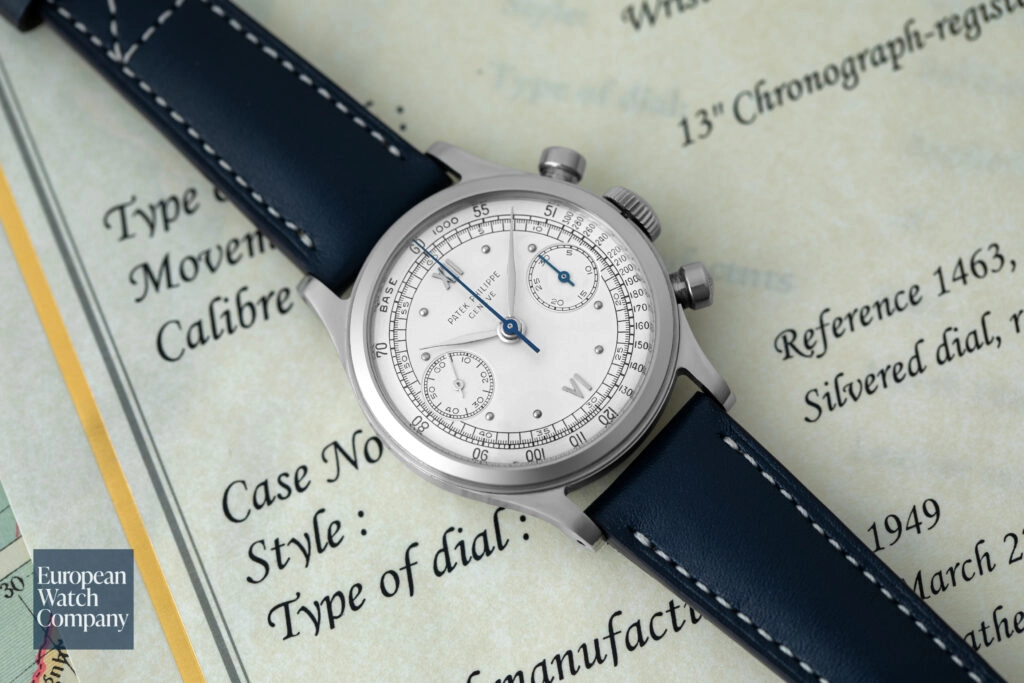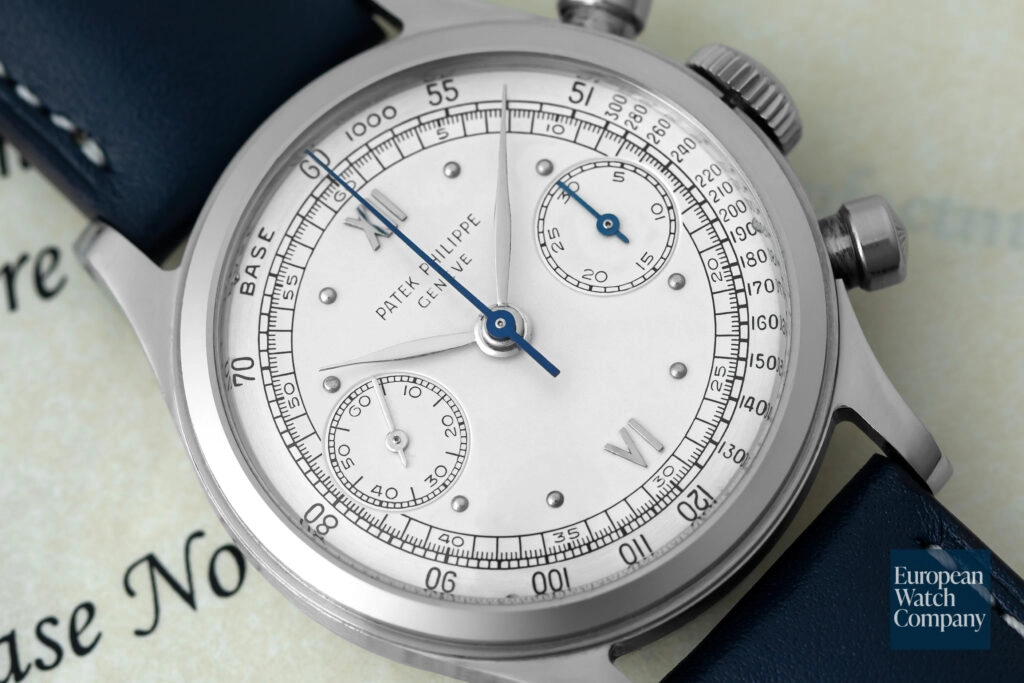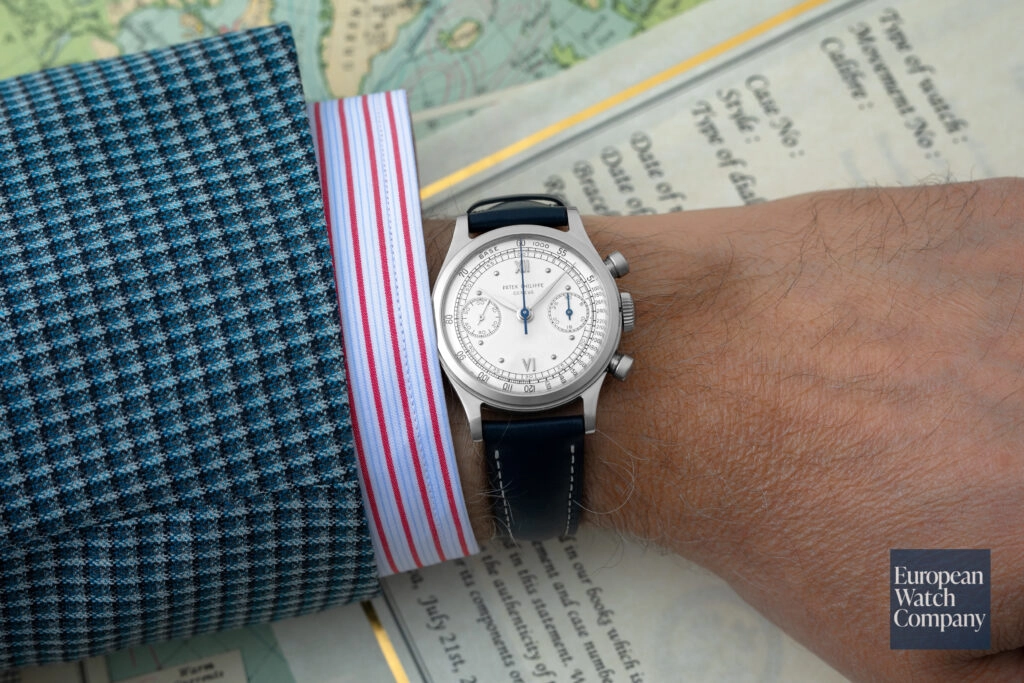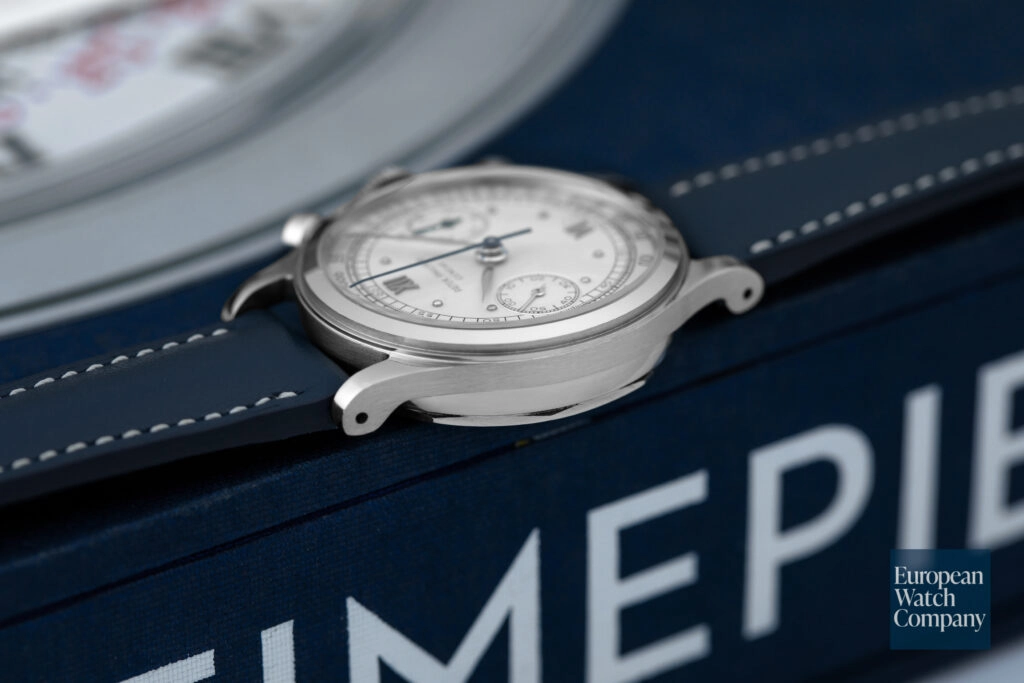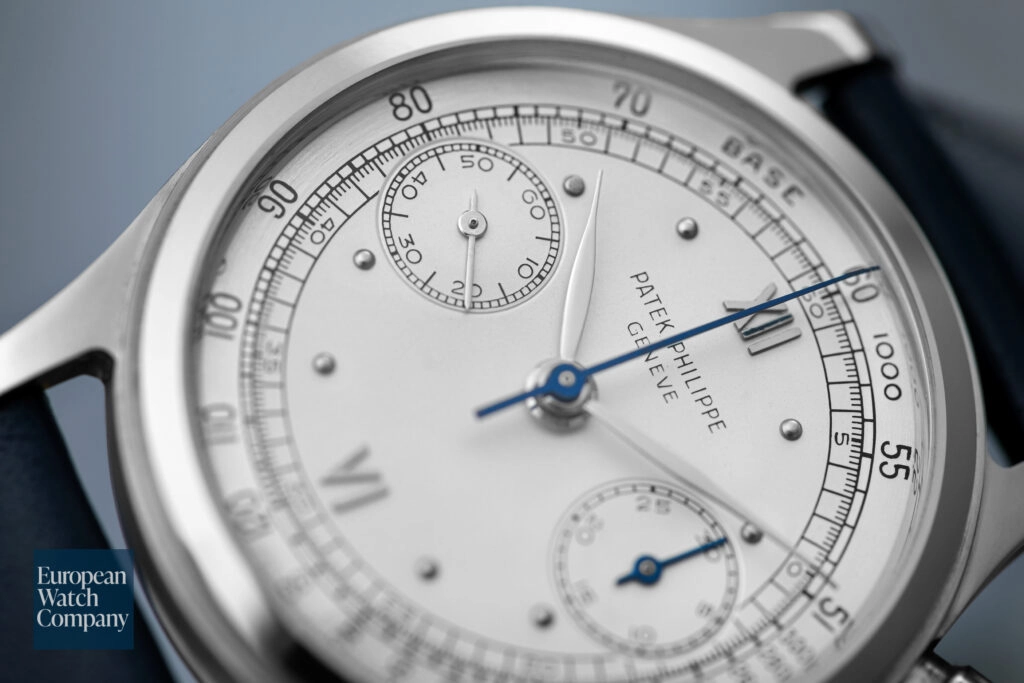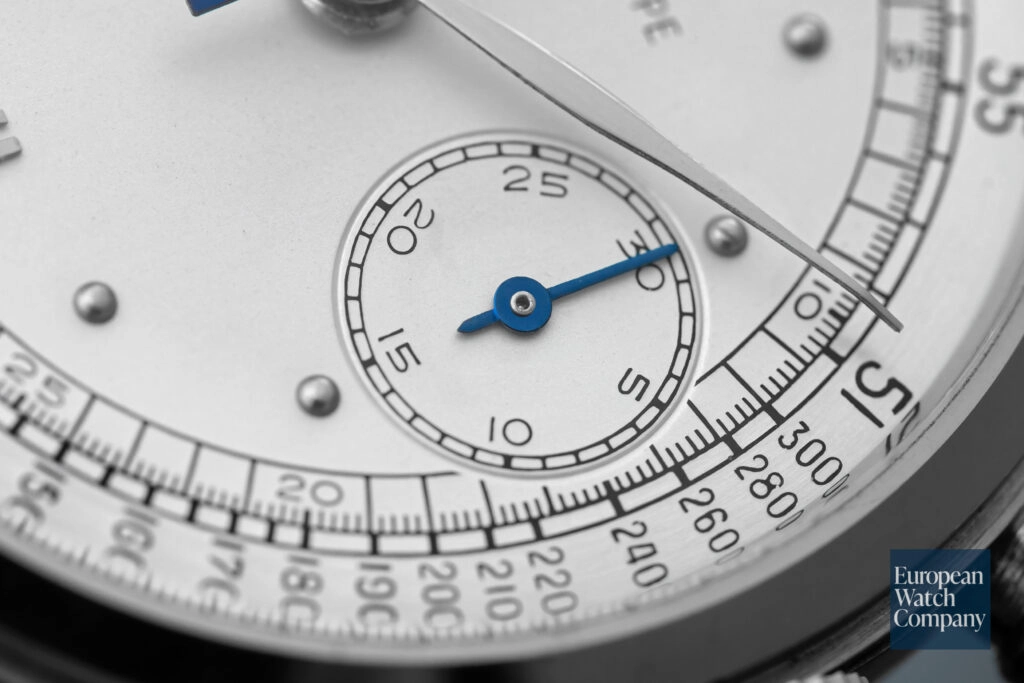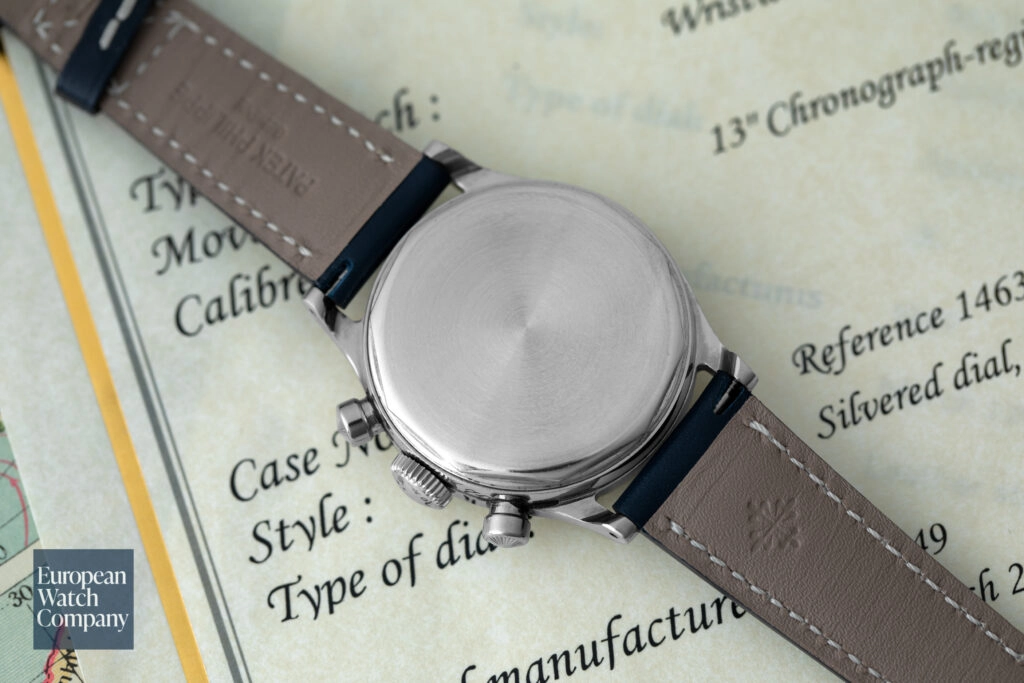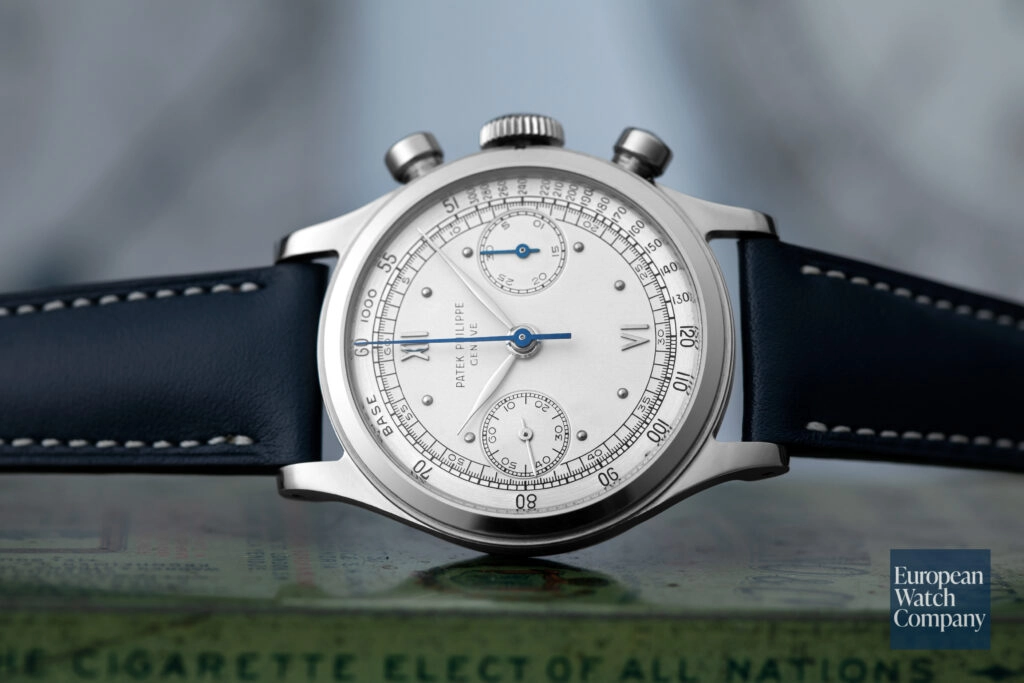History in Steel: The Patek Philippe Reference 1463 “Tasti Tondi”
Patek Philippe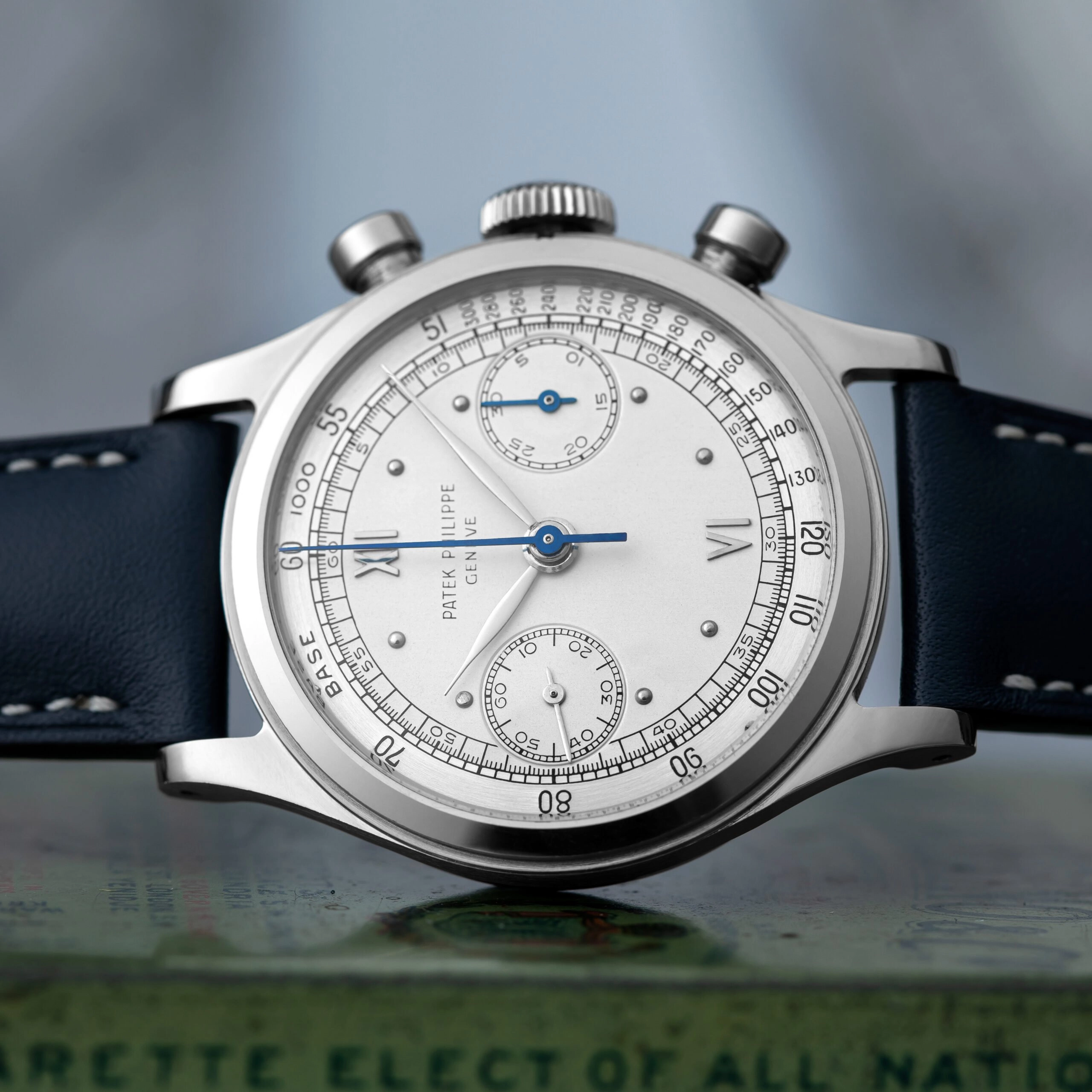
Sometimes a watch is much more than you would assume upon first glance. And the Patek Philippe Ref. 1463 is just that. Indeed, it has a history that is responsible for solidifying the fabric of the modern chronograph market. The rare among the rare, and significant among the significant, this stainless steel Ref. 1463 is one of an estimated 17 in existence. Let’s take a closer look at this understated gem.
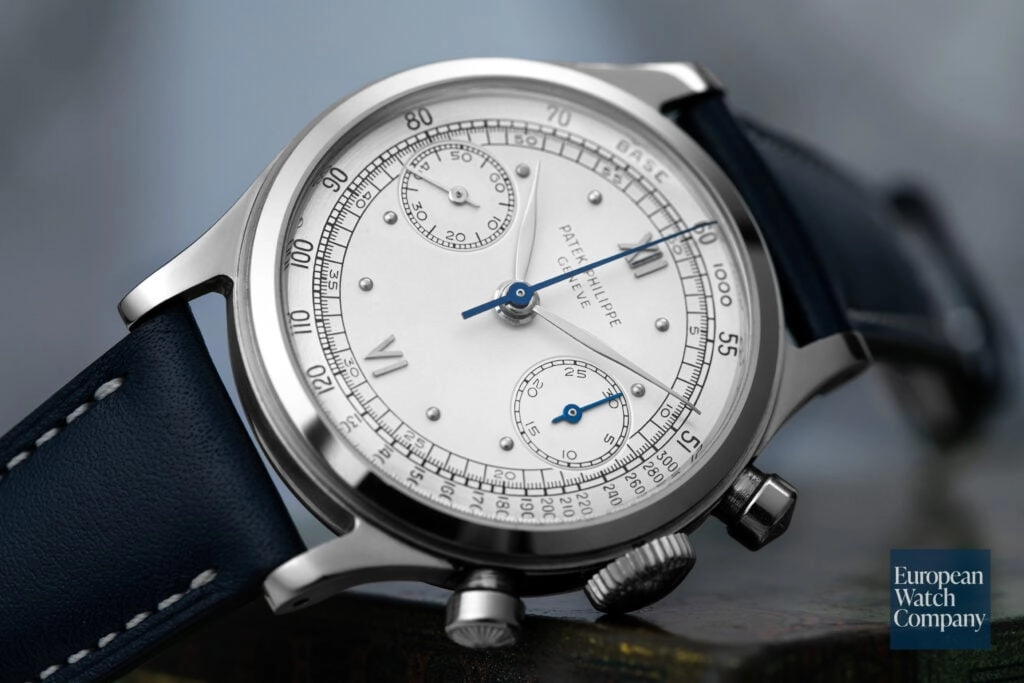
Patek Philippe 1463 "Tasti Tondi"
History
The history of Patek Philippe manually-wound chronographs is actually a short one. In the early 1900s, Patek produced two references— the 130 and the 530. Both made in relatively scarce numbers, the 130 and 530 became the standard-bearers for manually-wound chronographs. However, in 1940, Patek updated their chronograph with the release of the reference 1463. Like the 130 and 530 stylistically, the 1463 was a dual-register chronograph— sporty in complication, yet packaged in a dressy format. But this time, Patek made the chronograph waterproof. Since the chronograph is an inherently sporty complication, developing a waterproof configuration was the natural next step in the model’s evolution.
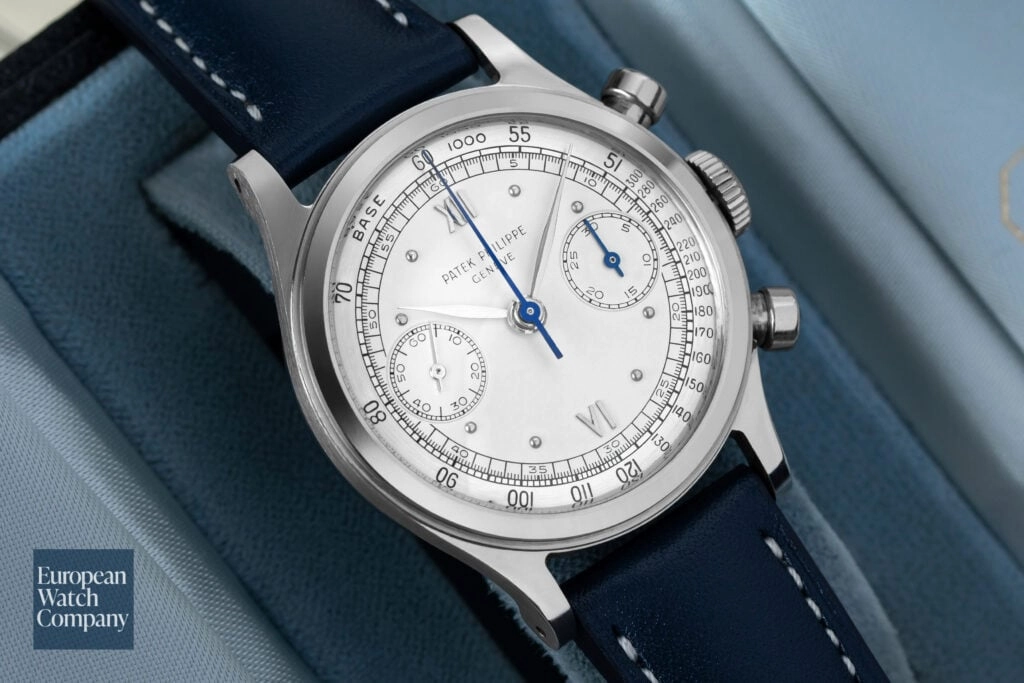
Patek Philippe 1463 "Tasti Tondi"
All told, the 1463 was made in about 750 examples. But here’s the catch—- the vast majority were made in yellow gold. Very few were made in rose gold, and even fewer in steel. According to John Goldberger’s unparalleled record of stainless steel Patek watches, only 17 examples exist. And among these 17, a variety of dial configurations were made. Thus, once you’ve separated the steel models into categories by dial, the number of watches of a given variety can likely be counted on a single hand. Unfortunately, in the nearly 100 years since the 1463’s release, the condition of most steel 1463’s has degraded. So, what we have in front of us may just be unique: an impeccably maintained stainless steel reference 1463 dating to 1949.
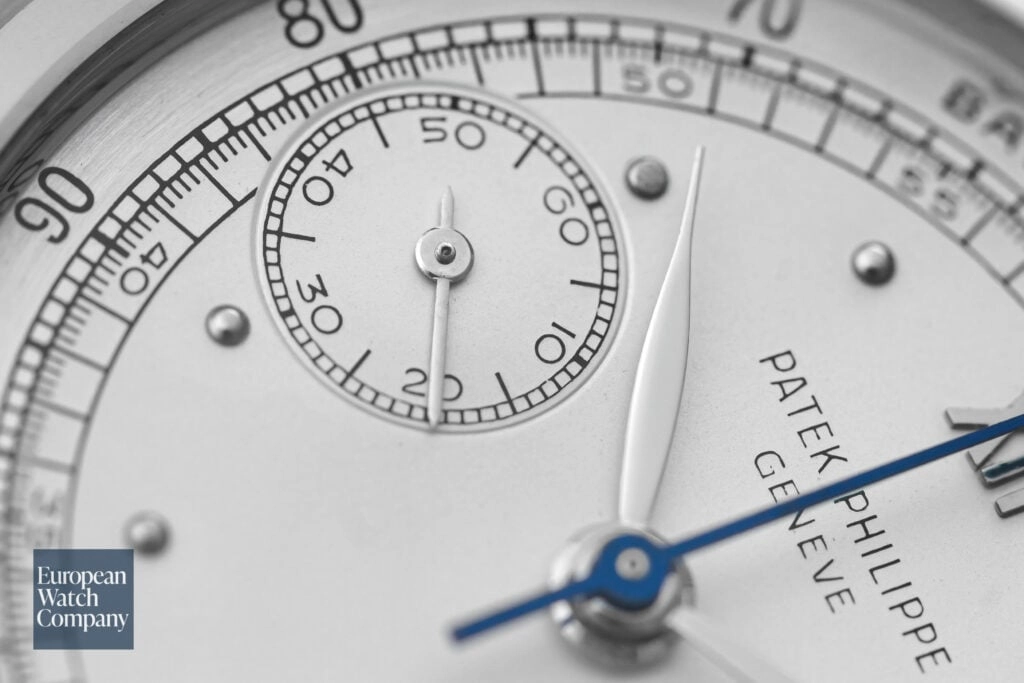
Patek Philippe 1463 "Tasti Tondi"
Design Details
As mentioned above, the design of the 1463 was consistent with the layout and execution of the previous Refs. 130 and 530, with twin registers on the dial, but with an updated case execution to accommodate the waterproofing spec. In addition to a screw caseback and waterproof crown, the significant challenge for the waterproofing integrity of the 1463 were the pushers. For the first time, Patek used pump pushers with unique engravings on their ends. This rounded pusher format was the perfect way to maintain elegance for the watch while achieving the waterproofing goals. The watch received the nickname “Tasti Tondi” meaning “round pushers” for this reason. In the modern collections, Patek has extended the same motif to a few of the newer designs.
The dial features classic dot indexes and Roman numerals for the 12 and 6. As with many older Pateks, this piece is outfitted with a leaf handset and blued chronograph hands to distinguish timekeeping from the chronograph functionality.
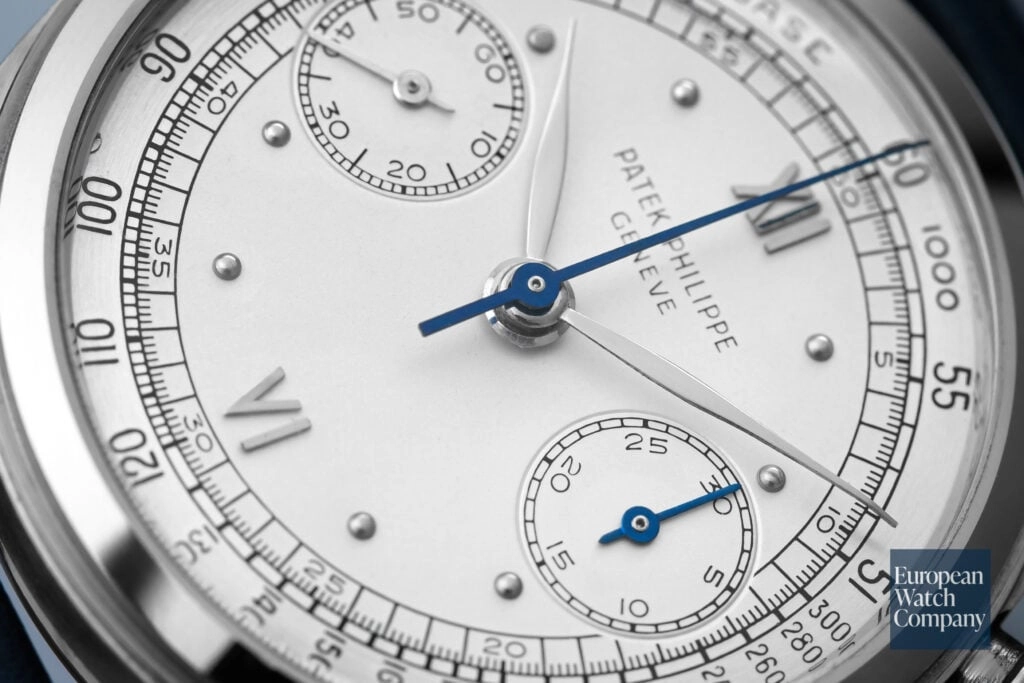
Patek Philippe 1463 "Tasti Tondi"
This example dates to 1949, and features a then-modern 35mm case that wears more like 37-39 thanks to a broad lug profile and block case construction. Even in a modern context, this piece wears much more comfortably than say a Ref. 130 or 530, which were smaller references that show their age a bit more.
This piece is replete with beautiful details of classic retro Patek style, and it works truly brilliantly. It’s oozing with vintage design, while packaged within an extremely wearable size by modern standards.
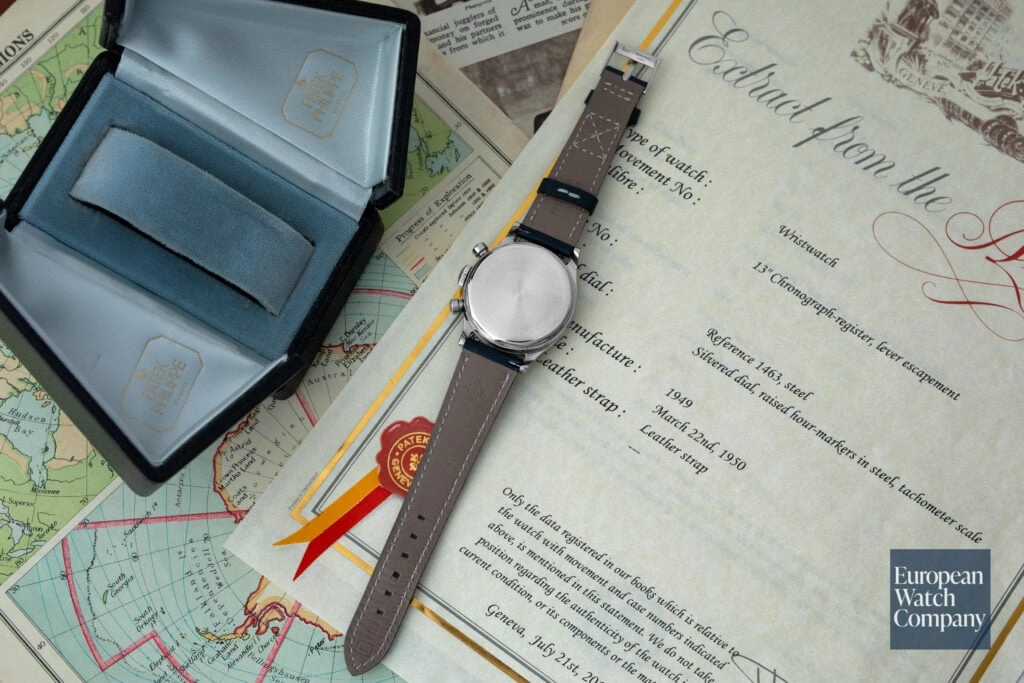
Patek Philippe 1463 "Tasti Tondi"
Inner Workings
The Patek 1463 is powered by the manually-wound caliber 13-130. This movement was a derivative of a base Valjoux movement, completely reworked and refinished by Patek Philippe to their standards. Valjoux movement Pateks are among the most collectible in the brand’s repertoire. It’s a beautifiully finished movement which speaks volumes about the old world of Patek— a brand that worked with 3rd party calibers and built some of the most innovative, successful, and groundbreaking watches in history. The movement of this piece is just another dimention of the 1463’s multifaceted appeal (though it is not visible without removing the caseback).
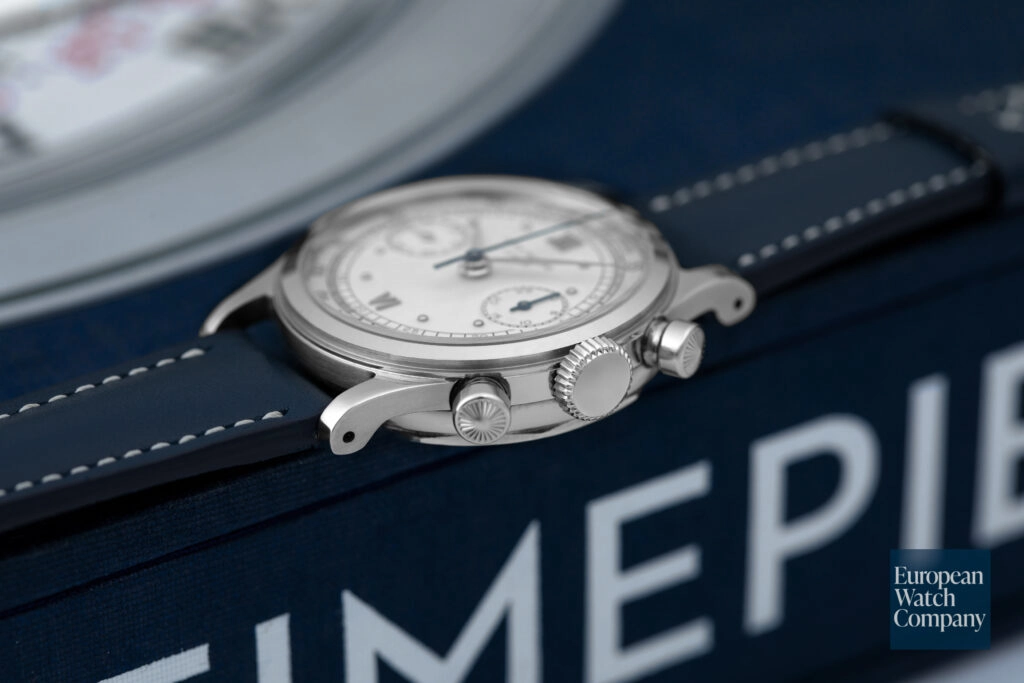
Versus the Competition
Bringing alternatives to a watch of this kind is quite simply impossible. No other piece will quite match the niche combination of history, rarity and condition as this 1463 at least in this cateogry. That said, at different pricepoints, there are a great number of pieces that we think take great inspiration from this model.
For example, the relatively recent reference 5170, discontinued in the last couple of years, is essentially a scaled-up version of the 1463, made wiith many of the contepmorary bells and whistles of 21st century Patek— a larger case diameter, in-house movement, sapphire exhibition caseback to see it, and more. It’s a beautiful watch, and it sort of blends the Patek of old with the Patek of new in a tasteful way. The 5170 doesn’t get nearly the attention it deserves.
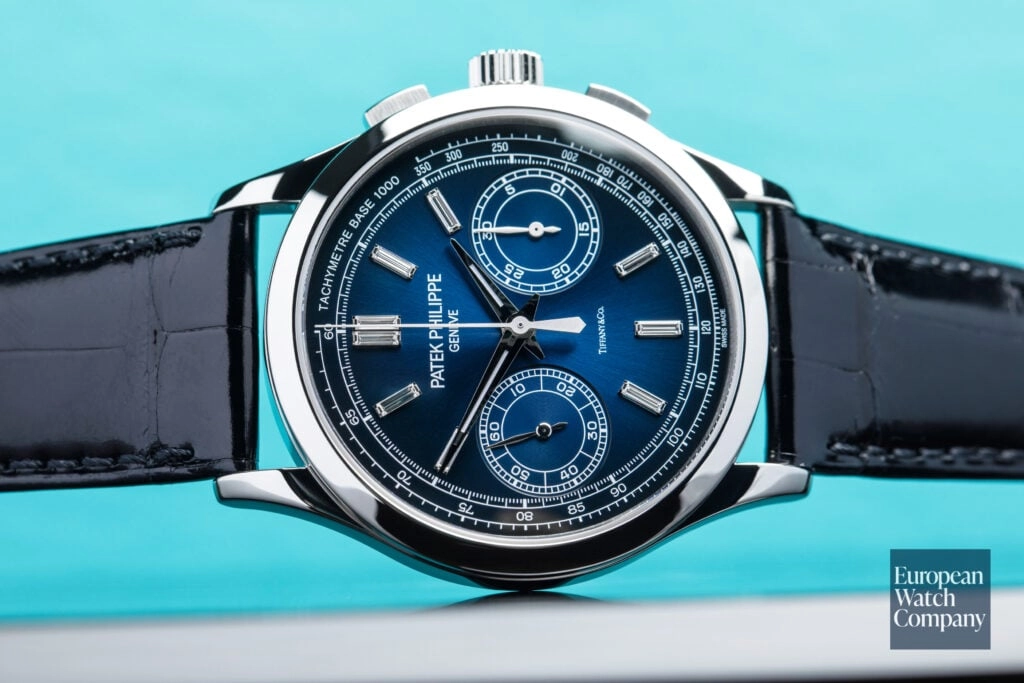
Patek Philippe 5170P Tiffany & Co. Dial
Stepping it up to a higher pricepoint, the 5370P is another complete homerun of a modern reference. At 41mm, the 5370P packs a split second in house caliber that is easily one of Patek’s most beautiful movements ever. Plus, the dial is manufcatured from enamel and finished off with Breguet numerals. Once again, this model takes inspiration from the 1463 era, but presents it in a fresh light.
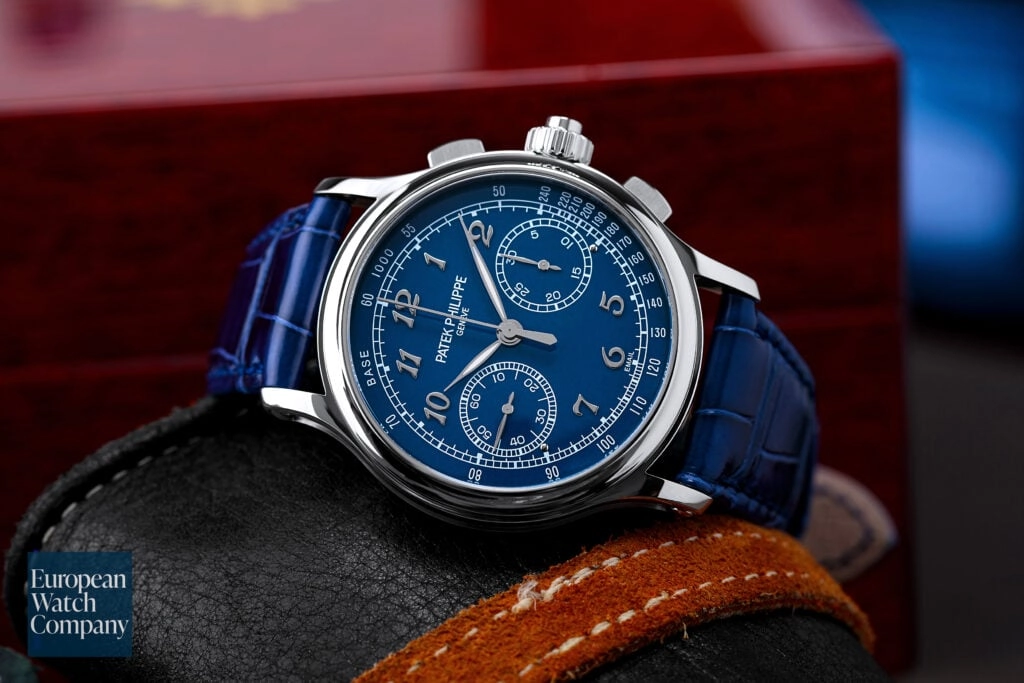
Patek Philippe Split Second Chronograph Ref. 5370P-011
Finally, if you want to go even further into the vintage category, we’d reccomend looking at a reference 130. The watch is small at 33mm, but has a very broad lug structure, so it wears and presents in a big way. If you can find a clean example, you will be owning a significant piece of Patek history, and something far rarer and more unique than the modern alternatives.

Patek Philippe Chronograph Ref. 130
Personality
The collector that opts for a 1463 cares about history— a lot. They are willing to invest in quality examples of the most significant references and likely don’t care so much about hype, as much as value, rarity, and long term collectability. This is certainly a serious watch purchase, but it’s one that will be a long term strong performer. You can’t manufacture rarity of the kind that this watch provides. This watch sells itself to the right client. Nothing loud or extraneous, nothing flashy, nothing to distract from the most distilled version of what made Patek Patek. This watch is a piece of history in a 35mm stainless steel case.
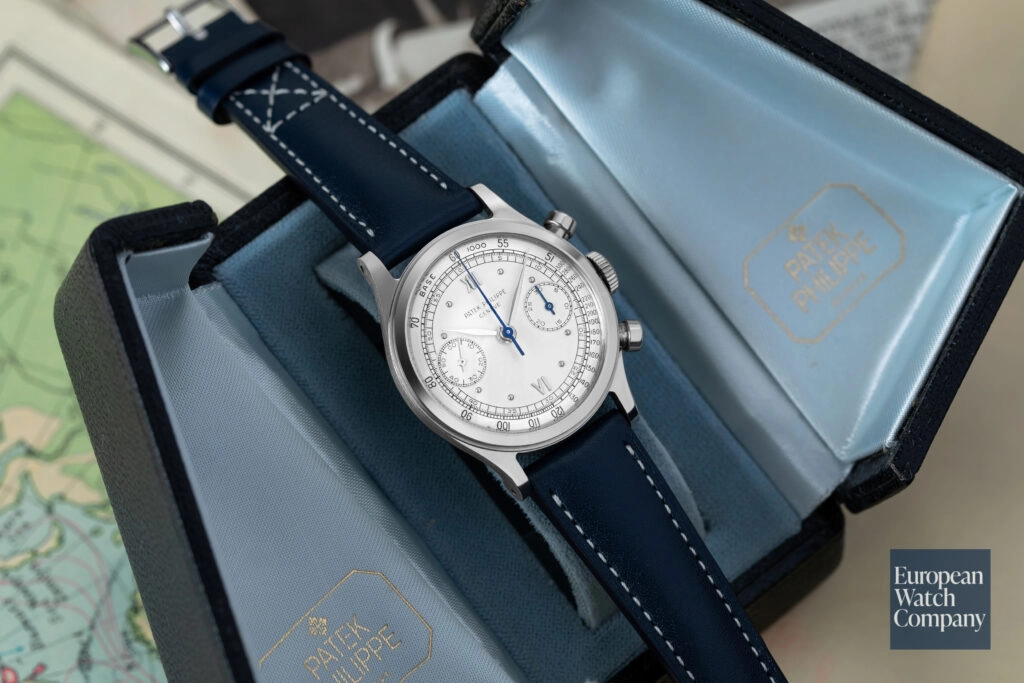
Patek Philippe 1463 "Tasti Tondi"
Final Thoughts
This is a watch that sells itself, and can’t be sold. Put differently, this watch is the type of piece that has a significance and intrinsic value that exists outside of a typical consumer environment. On paper, it’s an old watch made of steel. But it’s so much more. Looking at the chronographs of today, not just from Patek, but from every brand, we see the monumental influence the 1463 has had on our industry. Any 1463 played a significant role in solidifying the chronograph of today. But this watch is one of just a few in the world of its kind. You can’t sell that. You can’t sell history. This watch sells itself.


